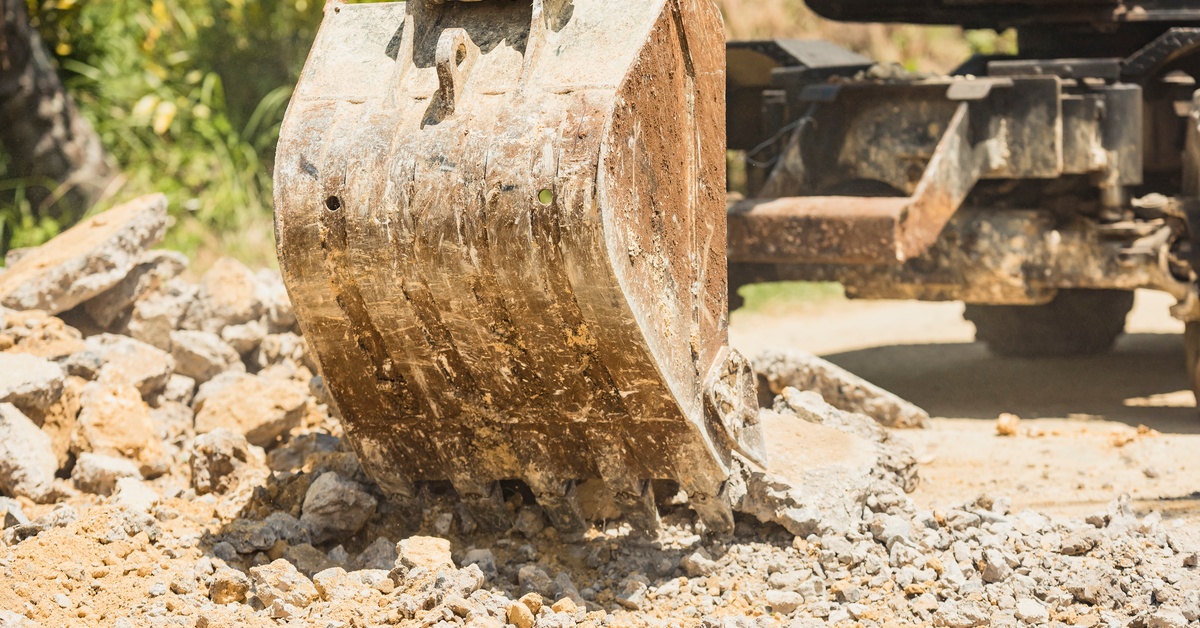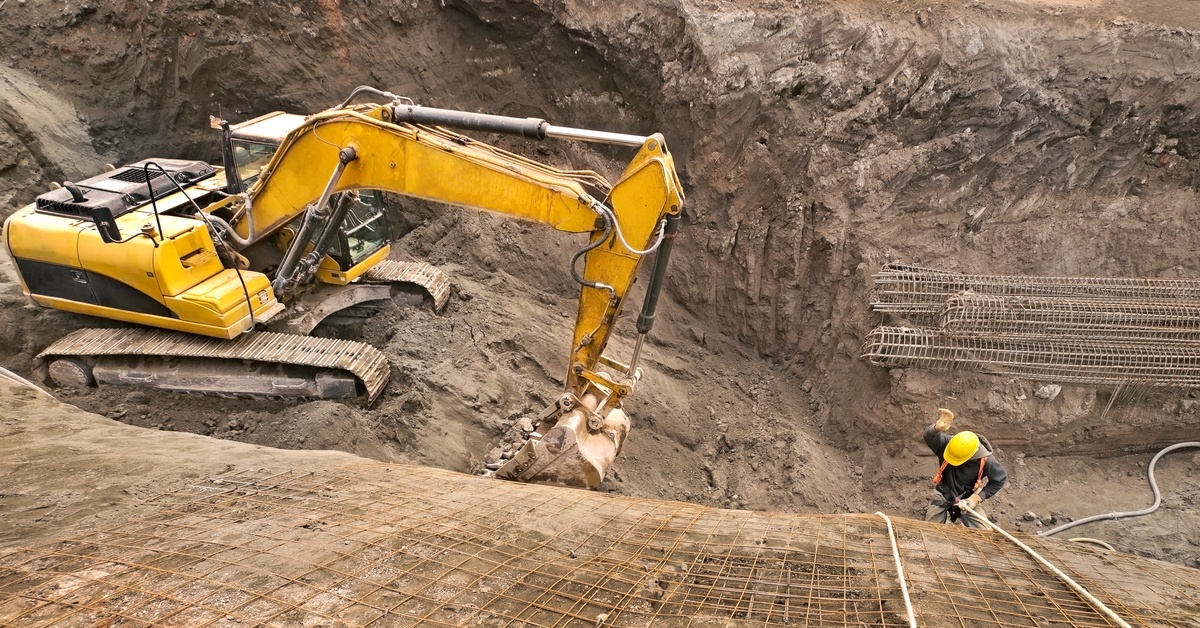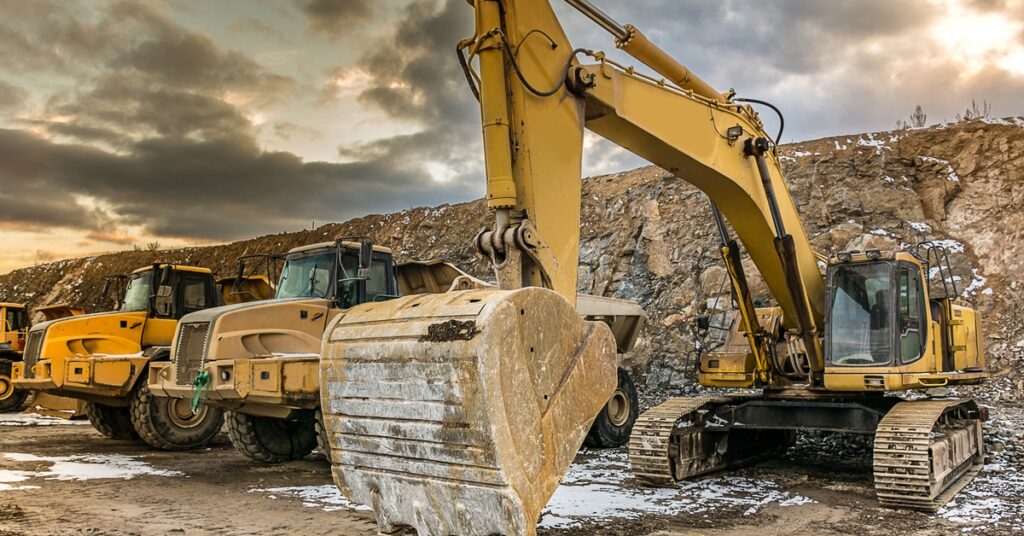Work doesn’t stop when dark clouds fill the sky. While off-highway vehicles can withstand the stress of unpaved trails and outdoor conditions, frequent operations without maintenance can lower the longevity of your equipment. Reduce wear on your powertrain components in harsh environments by taking preventative measures and recognizing when systems are failing.
Analyzing the Impact of Harsh Terrain on Powertrain Components
Uneven ground causes shocks and vibrations that strain powertrain systems. For off-highway vehicles, the constant impact on components can weaken their structural integrity, which may lead to performance failure. To avoid further damage, monitor your vehicles while they’re in use and look out for wear and tear.
How Vibrations Increase Wear in Powertrain Systems
Vehicles operating on rocky or uneven terrains experience continuous vibrations that transfer energy to the powertrain system. These vibrations erode the connections and joints, which can result in inefficiencies and breakdowns. Loose bolts or misaligned parts are early indicators of this issue.
How Dust and Debris Intrude on Vital Systems
Dust, dirt, and small debris can disturb a powertrain as you traverse rugged environments. Over time, these materials will fill the crevices in sensitive areas of a powertrain system, such as bearings or seals. This causes abrasion and reduces the functionality of your equipment.
How Uneven Load Distribution Puts Systems at Risk
Off-highway vehicles carry heavy or uneven loads, which strains certain parts of the powertrain more than others. This imbalance accelerates wear and increases the likelihood of premature component failure.
Recognizing the Role of Weather Extremes in Component Wear

From freezing temperatures that make materials brittle to intense heat that causes expansion, the elements are ruthless. If you’re expecting severe weather for your next operation, you should expect challenges.
How Low Temperatures Affect Powertrain Durability
When operating in cold weather, freezing temperatures can lead to materials in a powertrain system becoming brittle. This increases the risk of fractures in gears and axles, especially when doing heavy-duty or extensive work.
How Excessive Heat Leads to Thermal Expansion
High temperatures cause materials in a powertrain system to expand. Thermal expansion can lead to misalignment, friction between parts, and seal failure, which may compromise the integrity of the whole system.
How Moisture Corrodes Internal Systems
Humidity and rainfall accelerate corrosion. Bearings and seals are especially vulnerable to moisture, as rust can weaken their efficiency and lifespan. Monitoring and eliminating moisture buildup, especially in humid environments, will prevent damage across the powertrain system.
Implementing Preventive Maintenance Practices
Performing proactive maintenance can help you maintain the smooth operation of your powertrain components. You can reduce the chance of replacements and stick to your project timeline.
Scheduling Regular Inspections and Diagnostics
Establishing a routine for system checks and diagnostics helps you identify issues before they become unavoidable. Trained specialists and advanced diagnostic tools can detect wear, cracks, or signs of strain that might not be visible to the naked eye. Schedule a consultation with a trained professional to assess damage and gain insight into the next steps for your system repairs.
Lubricating Components for Long-Term Efficiency
Applying high-quality lubricants to powertrain components minimizes friction and reduces wear. Lubrication creates a protective seal against debris while maintaining optimal performance.
Strengthening Connections and Bolts
Your vehicle may feel unstable or imbalanced during operation, especially if you drove your off-highway vehicle through rough terrain. Vibration-induced loosening of connections will increase the chances of component failure, so tighten bolts and fasteners to extend the life of a powertrain system.
Selecting Components That Withstand the Toughest Conditions
Not every powertrain system component can withstand severe conditions. Choosing powertrain components that suit harsh environments can prolong system longevity and reduce wear on the system.
Picking Corrosion-Resistant Materials
Severe environments require equipment made of durable, corrosion-resistant materials, such as stainless steel or reinforced alloys. These materials can endure exposure to moisture, dirt, and chemicals.
Investing in Heat-Resistant Seals and Bearings
Heat-resistant seals and bearings maintain their integrity under high operating temperatures and friction. When selecting these components, determine if they meet the specifications for your operating conditions.
Checking Compatibility With Modern Systems
While it may be cost-effective to use a cheap part for repairs, high-quality components that seamlessly integrate with your off-highway vehicles reduce inefficiencies. Compatible parts are unlikely to cause misalignment issues in your off-highway vehicles.
Monitoring Indicators of Powertrain Component Failure
Knowing the warning signs of component failure can save you time and money. Early intervention prevents small problems from worsening.
Listening for Unusual Noises During Operation
Grinding noises or unusual vibrations can signal a misalignment or damaged part within the powertrain. Ignoring these signs may lead to irreversible system damage, so address these issues promptly when you hear trouble.
Watching for a Drop in Performance
A noticeable decline in your vehicle’s performance, such as a delay in acceleration or difficulty in handling, indicates wear in the powertrain components. Halt operations until you determine the cause of inefficiency in order to prevent hefty replacements in the system.
Checking for Increased Heat and Fluid Leaks
Higher-than-normal temperatures in the system, as well as fluid leaks, are signs of failing seals or overheating components. Regularly monitoring these risks can prevent complete system breakdowns.
Protecting Your Powertrain for the Future

Reducing wear on powertrain components in harsh environments involves building systems that endure the challenges of the job. Take preventative measures and stabilize your vehicles before they encounter severe environments.
Adopting Advanced Monitoring Technology
Installing sensors to monitor temperatures, vibrations, and pressures in real time can provide immediate feedback on the health of your powertrain system. Early detection systems help you react to problems instantly.
Training Operators for Prolonged System Lifespan
Operators will be the first to recognize changes when maintaining powertrain systems. You and your team can prevent wear and tear by providing training on the best methods for handling vehicles in harsh environments.
Partnering With Specialists for Regular Updates
Collaborating with experienced suppliers and maintenance teams gives you access to the latest advancements in technology and materials for your powertrain components, helping you avoid potential risks.
If you need components for your off-highway powertrain, invest in high-quality parts from Bull Powertrain! Our specialists will match your vehicle with compatible components that keep the systems operating under the toughest conditions. To learn more about our selection process and the durability of our materials, contact our team for a consultation today!

